Day 10 | Sangüesa to Izco
The guide says that today we face a dilemma; do we take the road via Rocaforte or by the Foz de Lumbier. It goes on to say that whilst recognizing the attractiveness of crossing the Foz de Lumbier (a natural gorge that has great reviews), they actually suggest that pilgrims take the official path from Sangüesa via the little village of Rocaforte as it passes through the Aibar and Loiti valleys, in a beautiful natural, environment.
Fortunately we don’t have to make that choice as we decided to walk part of one option today and part of the second option tomorrow. We know we can’t walk every step of this stage, Sangüesa to Izca is over 18km and we’d then have to walk back making it 36km… and of course Gerry is still not 100% on his feet AND the weather forecast for today was 38c. So we decided to put a time limit on our walking; where ever we were at 10:30 we’d turn around. This meant we’d be back to the car before midday.
We parked just off the main road beside a huge factory (Smurfit Kappa) – Gerry says they make packaging. It was a reminder that not all of the camino can be glorious and modern life makes it mark too. We walked between the factory and a field of sunflowers on a short steep little track taking us up to the village of Rocaforte. Gerry wondered if they made cheese like their French namesake but I knew that there weren’t any services here… just a lot of very nice modernised houses. The markings were a little confusing because as well as camino markings, there are markings for village walks. We were distracted when Gerry asked me about a scarecrow in one of the gardens at the bottom of the village… what scarecrow I asked? to which he replied…That one… there… can’t you see? I couldn’t see and he thought I must be mad. We shuffled a few feet along to give me a better view point (totally missing the yellow arrows)… see now? he asked… then his scarecrow moved and started talking to an old chap on the other side of the garden… oh said Gerry… well in my defence, she did stand still for a very long time – mmm I thought, I only saw a lady in the garden!



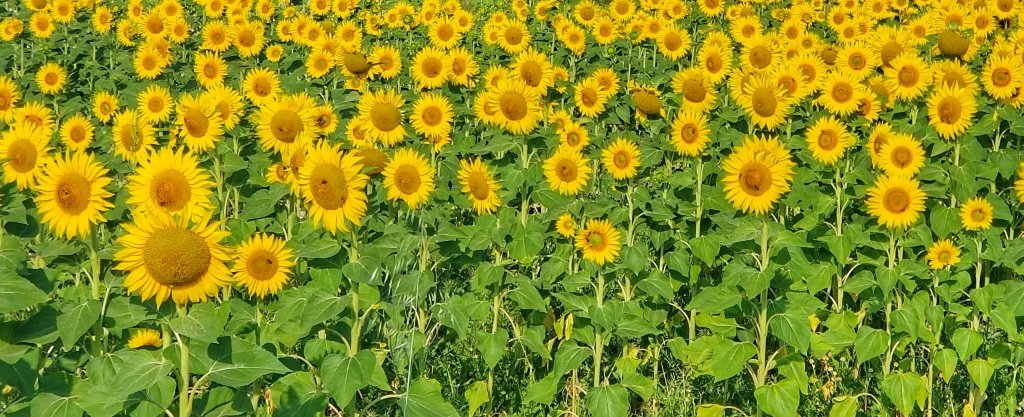
Anyway the scarecrow spotting distracted us and we missed an obvious arrow. We ended up walking down again towards Sanguesa which felt wrong. Partway down the hill we decided to turn around and go back up the hill. As we arrived we spotted a huge yellow arrow and marker! Hey ho. We continued along a path out of the village and into open countryside. It looked so very different than the paths we’ve been following in the valley. We’ve moved into Navarra today and there is a certain familiarity with the landscape and the camino markers.
Leaving the village we walked by several vegetable gardens. It feels like it must be a village speciality as the gardens were all so neat and perfectly managed. Row after row of vegetables, we couldn’t help but admire the work! But the sun was rising and we had kilometres to walk. The path crunched under foot and the air was still and humid. The hills beyond were lined with wind turbines and they never moved. There was no breeze what so ever! It was still only mid morning but it was already time to get the umbrella’s out. We passed some abandoned barns, a single little house with a swimming pool that I so wanted to jump into and a little orchard of full of apple trees. Next to the trees were blackberry bushes… and a little further on figs and walnuts. Gerry said they were making ready for autumn with apple and blackberry crumbles and fig and walnut tarts. We both said that we could do with a little bit of autumn cool right now!
Onwards we walked and the landscape opened up. We could see for miles ahead, more wheat fields but also I thought I could see vineyards; we are after all in Navarra. Gerry said I was wrong, they’re small trees, maybe peaches or something similar. We’d find out in a few kilometres as they looked close to the path.

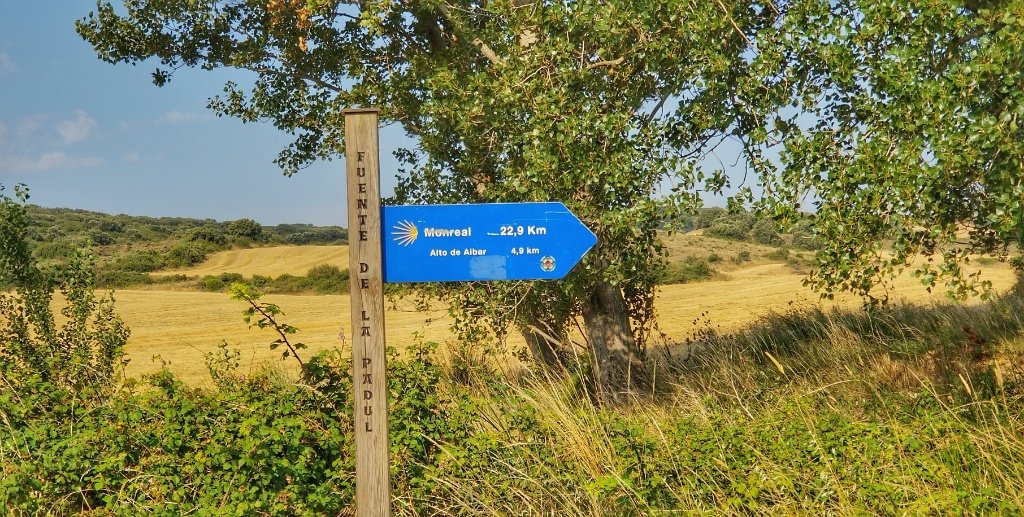
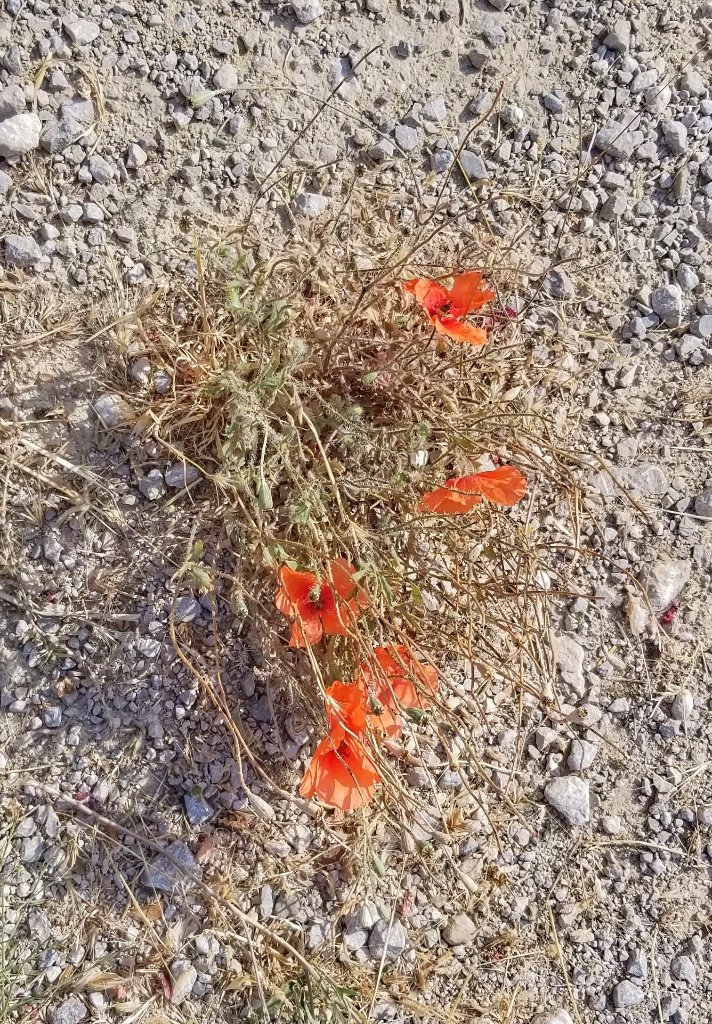
A combine harvester sat in a field and two old chaps seemed to be trying to fix it. Actually they stood looking at it in a way that meant they were trying to figure out what was wrong. On our return trip they’d started it and one was in the cab but it still wasn’t moving. For now we left them to their work and walked on. We passed a marker that warned no water or services for 17km. We wondered what it would be like for pilgrims walking today, or over the next few days even. The temperature is forecast to reach 40c on Thursday! It reminded me of my walk out of Seville. Every day carrying enough food and water to last until we reached the next town. And leaving as the sun rose and walking under the shade of the umbrellas… it was 38c when I walked then. I don’t mind the heat as much as Gerry does but I do mind having to carry so much water. Lucky for us we’re not carrying full packs (lucky for me Gerry is carrying the water!)
We walked from one horizon to the next and eventually we reached the vines. Gerry said they were actually grape trees and that he’d been right all along! He said the loser had to buy the next round of drinks… so everyone, drinks are on Gerry! It was 10:30 and time for us to make the return trip back to Sanguesa. Looking back down the valley we could see the heat haze hanging over the mountains. It was cloudy today and that probably didn’t help with the humidity, but every now and then a cloud would pass in front of the sun and offer some respite. It sounds crazy but the sun just felt stronger today. The ground is baked hard and the grass already looking like autumn should be approaching, Maybe this is normal for this region in July? But for us we were very happy to see Rocaforte appear and returned to our car and air-con!
It was just before midday and we headed into Sanguesa in seach of a restaurant. According to the town’s website, Sangüesa has been an important stage on the Jacobean route since the mid-12th century and owes, in part, its origin to the Camino de Santiago. But with it’s location at a crossroads between the Mountain and the Ribera there have been settlements here since Roman times. Around 1089-1093, the Navarrese-Aragonese king built a bridge over the Aragón river and the town grew. The most important Sangüesino monument, also closely linked to the Camino de Santiago, is located on the edge of the town next to the bridge. Proof of the importance of Sangüesa on the Camino de Santiago, is the fact that it had thirteen hospitals (refuges) where pilgrims received physical and spiritual care.

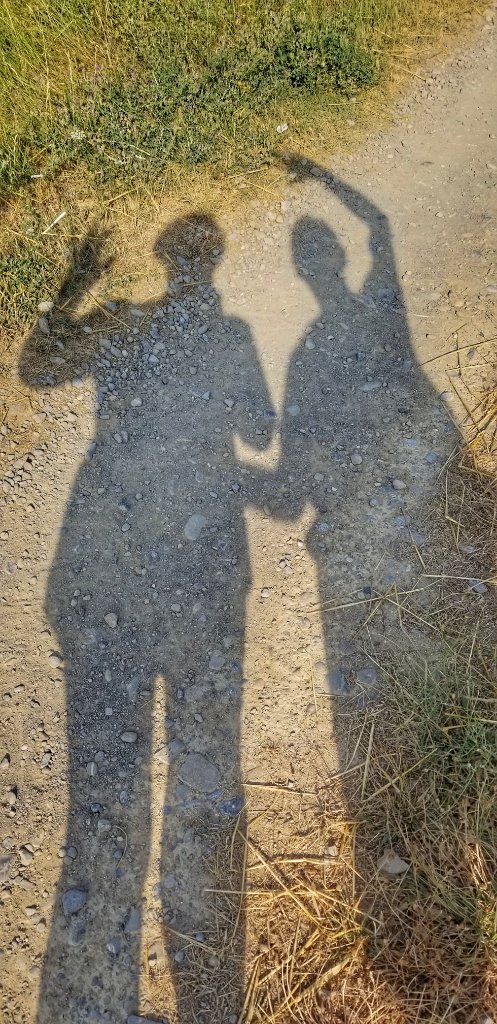

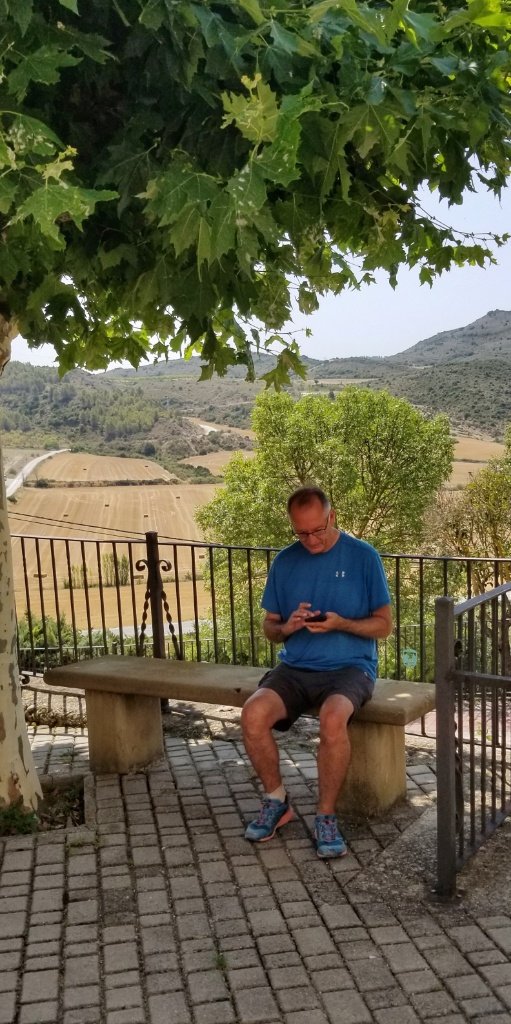
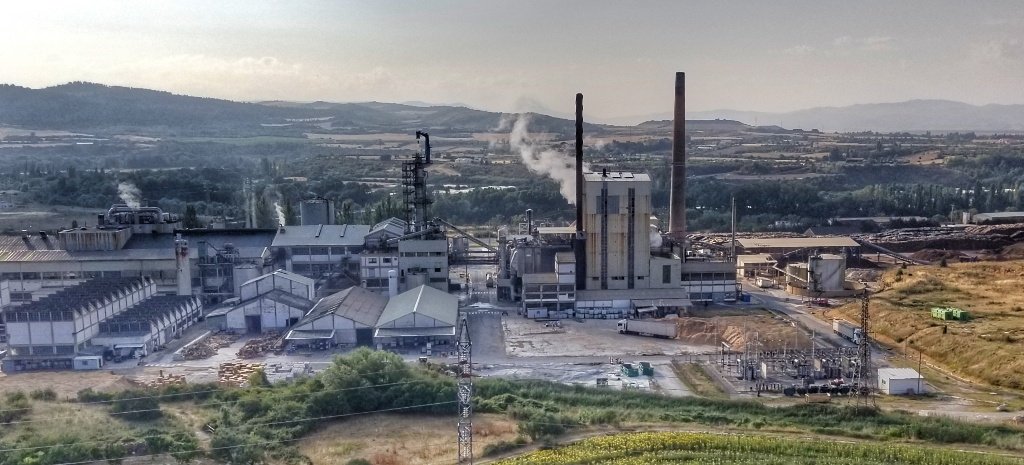
We searched for a suitable lunch spot and whilst in medieval times care abounded, in the town today we decided it wasn’t the place for us. We found a few busy eateries but the tables outside were busy with locals greeting, drinking and a lot of smoking; and of course no one wearing masks. The streets were narrow and we decided we’d rather find something more open and with a little more space to move around. So we headed back to our car and drove on to Liedena. According to Gronze we’d find all services here. We walked around the village but found nothing. Gerry searched on google but found nothing. We did however pass a large roadside hotel come restaurant off the main road; perhaps this was the place? We decided to try. It looks busy. However the restaurant was inside and that wasn’t an option for us. We could eat from the bar menu on the terrace, which we did. It wasn’t great.
This afternoon we decided to make two tourist visits, one to the monastery at Leyre and the second to a castle at Javier. The route took us back to Yesa and the start of the embalse that we’d seen previously at Ruesta. We drove up and away from the road, leaving the reservoir behind and climbing into the forest. The Monastery of San Salvador of Leyre is a religious complex to the south of the Sierra of Leyre, in northern Navarre. The oldest records of the site date from 842, when Íñigo Arista, considered the first king of Pamplona, made a donation to the monastery. The monastery grew in importance, acquiring numerous properties and wealth during the first and middle stages of the Kingdom of Navarre, thanks to the privileges and donations made by the Navarrese kings. The monastery was expanded in the twelfth century. It has undergone many expansions and remodelling, the most extensive carried out in the sixteenth century, when almost the entire monastery was rebuilt. Thankfully, Romanesque architectural pieces have survived until the present day (such as the church, with its Porta Speciosa), as well as parts that are even more ancient such as the notable crypt.
We also learned that the monastery is located on the Way of Saint James coming from the Corridor of Berdún and Jaca. This is different than the route we were following but as we saw in Pena, there seemed to be more than one camino Aragones. Leyre was founded as a Benedictine monastery, but later owned by Cistercian monks. Today the monastery has returned to its original inhabitants, the Benedictine order and monks still remain.
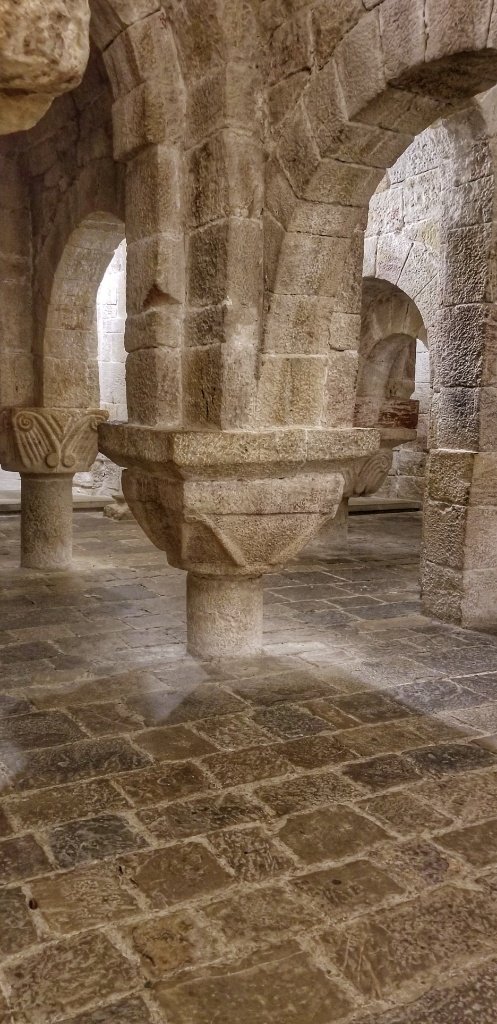


We bought our tickets and were given a key that would allow us to visit certain areas of the site; we were told to lock the doors behind us when we entered and when we left. Our first visit was to the ancient crypt. As we wandered around, unbelievably Gerry stumbled for the third time on this trip! He missed his footing and fell down a few stairs, and landed on his knees on the cobbled stone floor. One of the monks came to his aid but thankfully he was fine. No cuts or bruises and remarkably he said that rather than make his ankle worse, it actually felt a little better, like something had snapped into place. I just hope that’s the last stumble he has! We moved on, locking the door behind us and walking around the grounds and into the church, again under lock and key. Unlike the church in Sanguesa this church had no gold or gilt. It was simple in it’s design and noticeable in it’s austerity. To one side was a large wooden box with an inscription that read the names of ancient Navarran kings, who’s mortal remains were contained within the box.
We wandered around the cool inside, reluctant to leave and return to the hot sun… but time was pressing. Outside the church, it’s main door was carved in stone with all kind of devils and demons… I guess just to remind everyone of the fate they risked if they strayed from their path?
We returned to the car and turned on the air-con again. Next stop Javier. En route passing a fabulous looking restaurant with a shady terrace and that misting that you often see in Spain; oh we wished we’d seen that earlier!
We parked the car in the shade of a tree and wandered across a park to the Castle. The castle was the birthplace of the patron saint of Navarra, San Francisco de Javier in 1506. It contains important works of art including a collection of Spanish paintings from the 15th to 20th centuries and another collection of 19th-century Japanese kakemonos and a number of historical documents. The origins of the castle date back back to the 10th century. At first a simple fortress the castle grew over the centuries until if finally served as a private residence. The fortress has undergone various transformations throughout its history. In the late 15th century a New Palace was built adjoining it, and this was where the saint was born. A basilica built in the 20th century now stands on the site and the entire property is owned by a Jesuit Order that remains here.
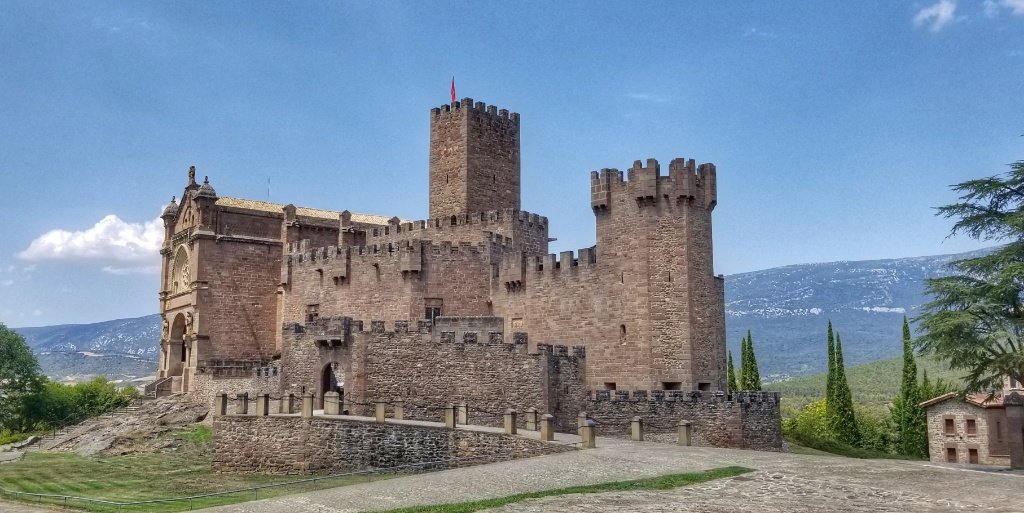
We were given a guidebook and told to follow the arrows around the castle. It reminded me again of some of the French Chateaux at home; I guess they were built at a similar time in history. It was interesting to realise that as a young man, Saint Javier travelled across the globe to India, Indonesia and Japan. We always think that globe trotting is a modern phenomenon but of course man has been travelling and exploring throughout our evolutionary history; San Javier was no exception. But he was a kind man and very much respected in the lands he visited. He died in India and his body is buried in Goa.
We left the castle via the terrace and the last visit was to the dungeon; what an awful place. A small cell carved out of the rock under the castle, no windows and just raw stone. Stocks remained to serve as a reminder of the horrors of this small space; I was glad to leave!
We stopped for a cold drink on the terrace of an almost deserted bar opposite the castle, we sat in the shade and tried to cool down, but decided that the air conditioning in the car would be better so we drank up and headed home. The journey home was via Yesa and the embalse. It’s enormous. It’s over 10km long. There are many protest signs saying Yesa No and I read about this on the journey home. Unbelievably the idea of creating a dam on the river Aragone is a 1000 years old and 500 years ago the river was dammed for irrigation. Work started on this project in 1923 but it was many decades before it was ready. Today there are plans to expand it further, and work continues even with the protests and court cases. We read that the new expansion risks losing many archaeological treasures, including parts of the Camino de Santiago and the villages we’ve walked through over recent days. The plan is to perhaps increase the size by three times! We considered that. It’s already huge! But three times it’s current size would be enormous and we could see how it would eat up the surrounding land and villages, including the camino. Work is already underway but it will be more decades before it’s finished. I wonder what impact this will have on the region and the camino? Will it be lost under the water along with the villages already there?
Tomorrow we’ll head back… but this time to the gorge! We’re hoping for shade!
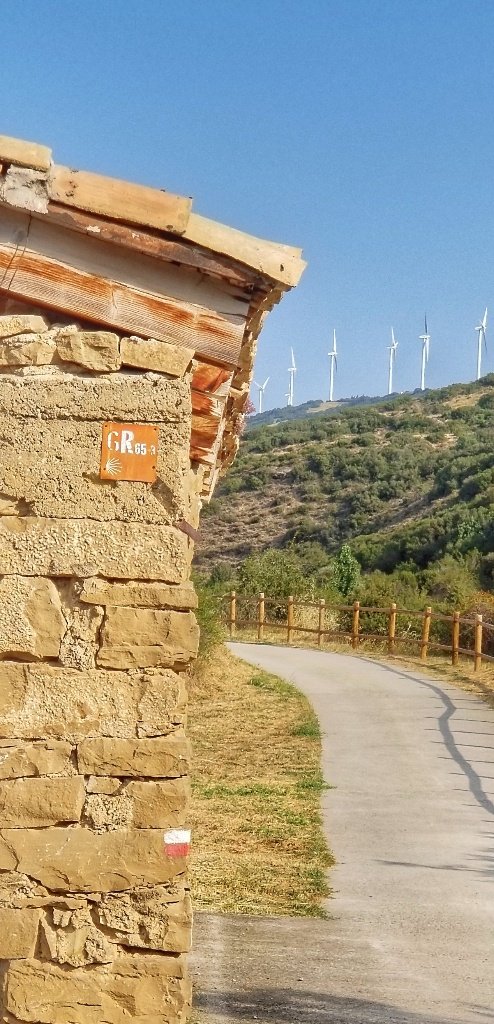
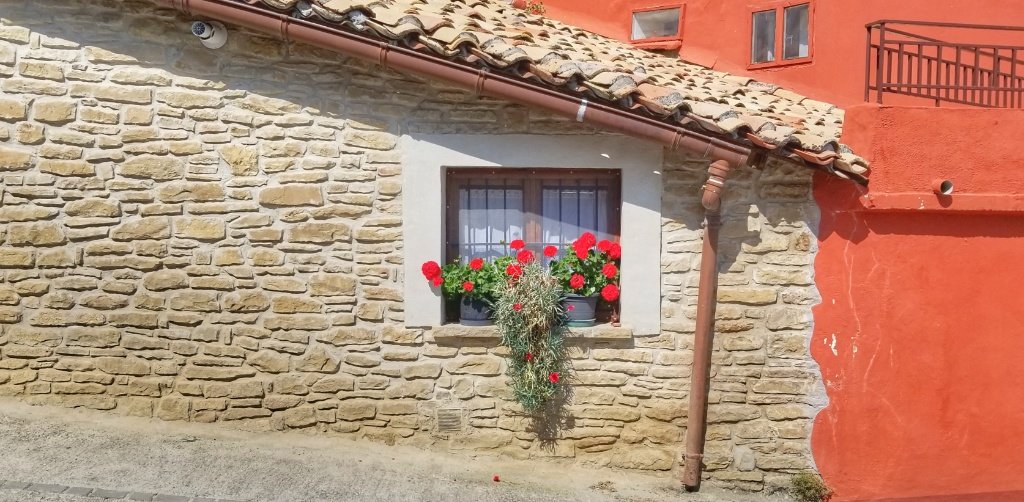
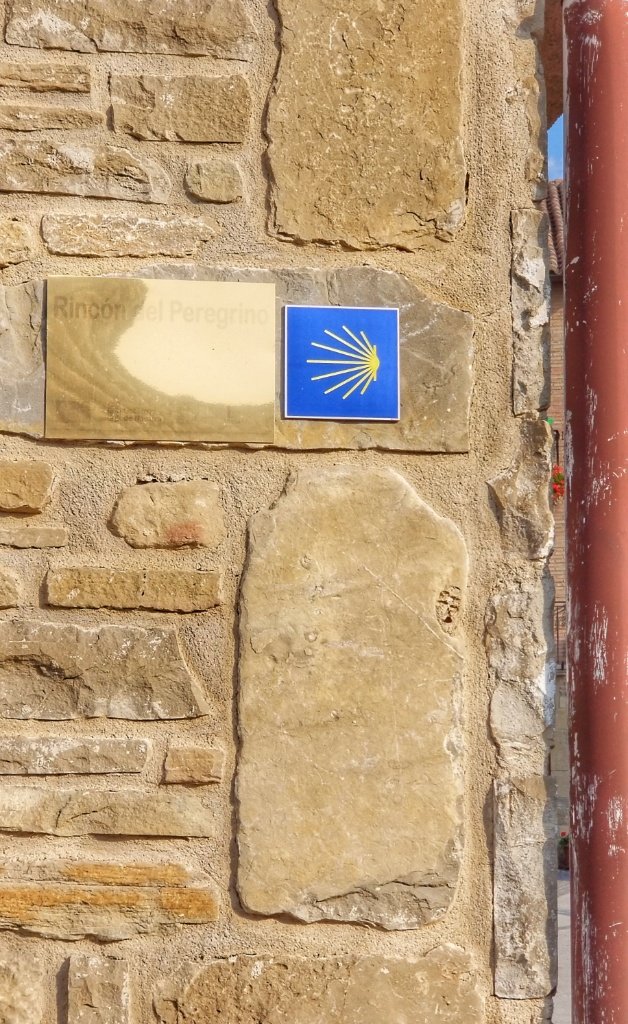




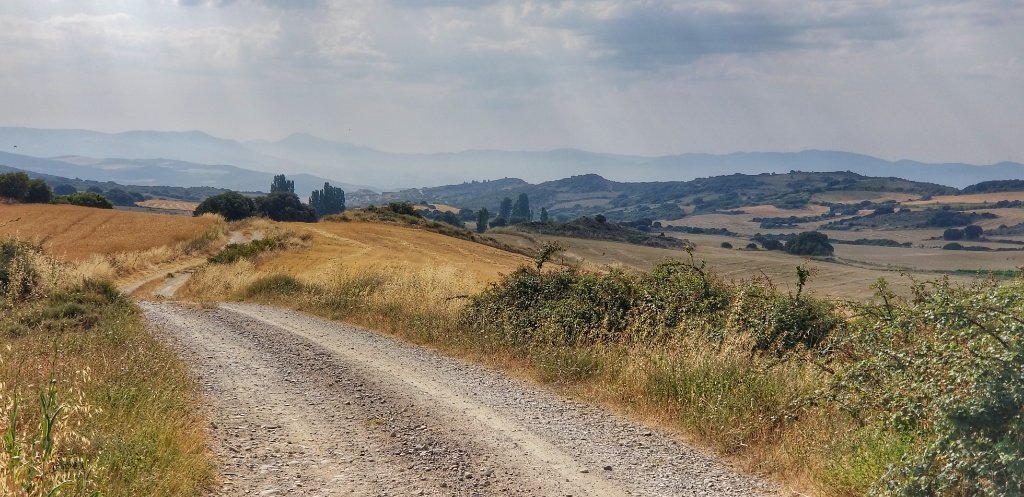
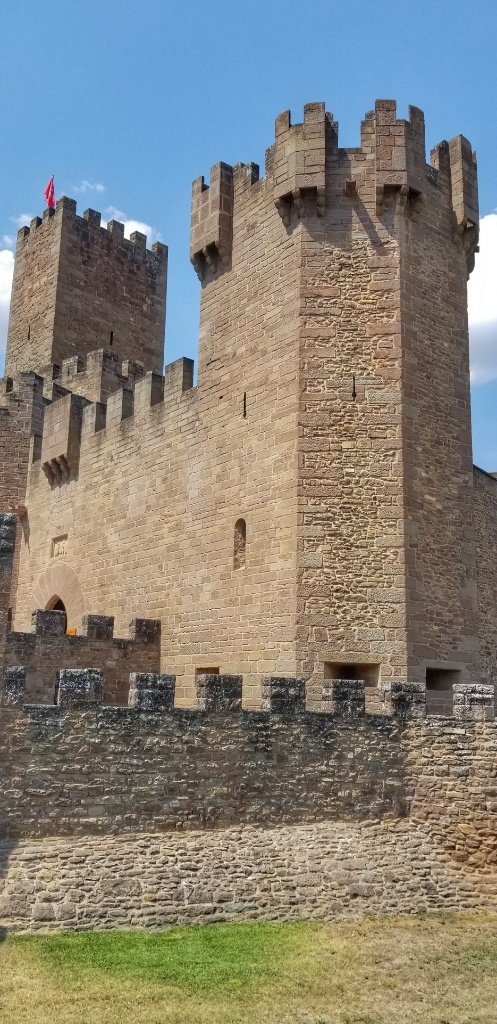
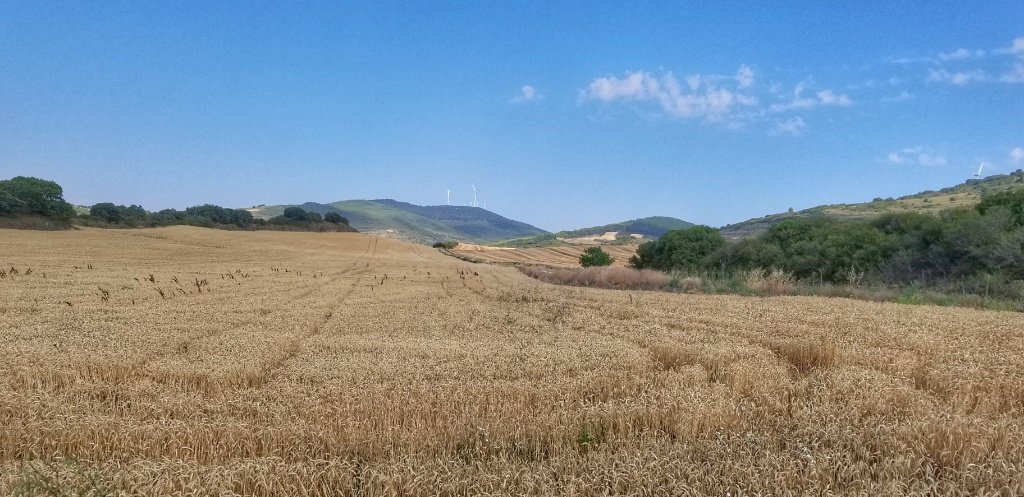
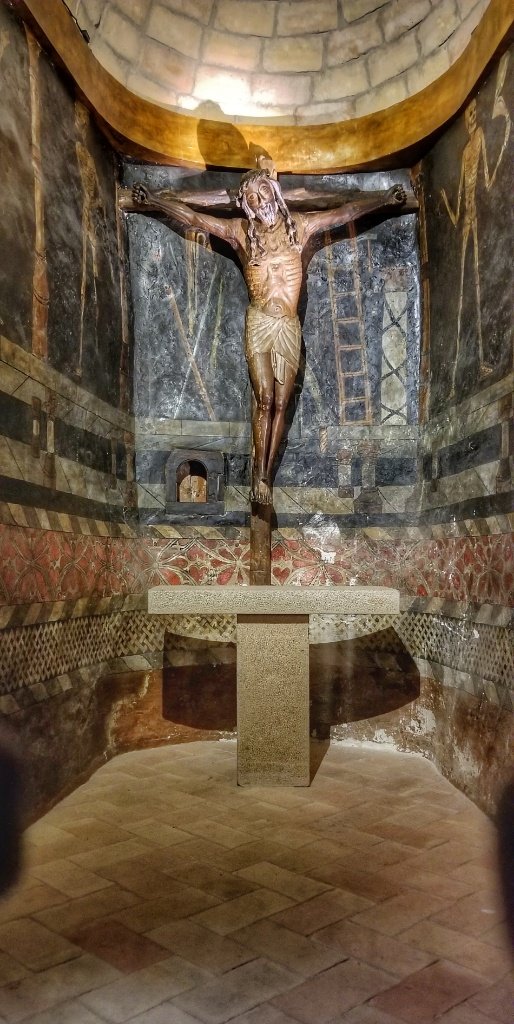
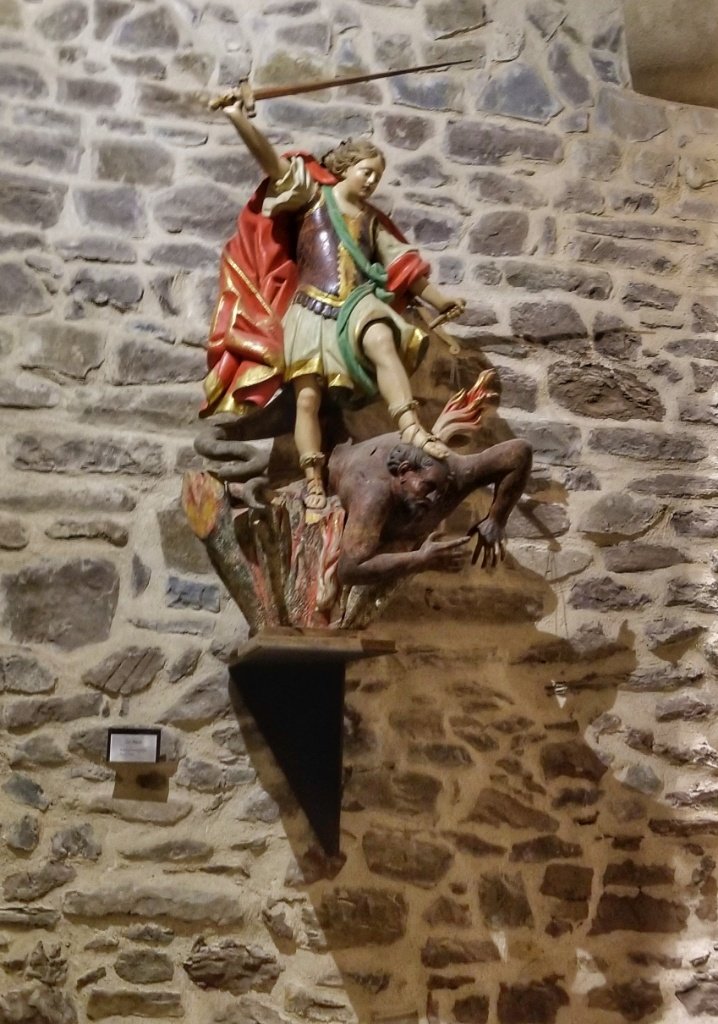

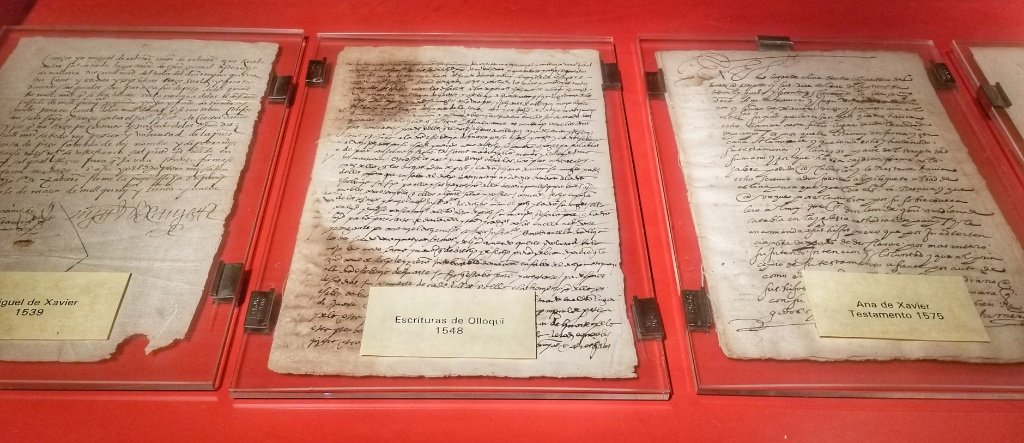


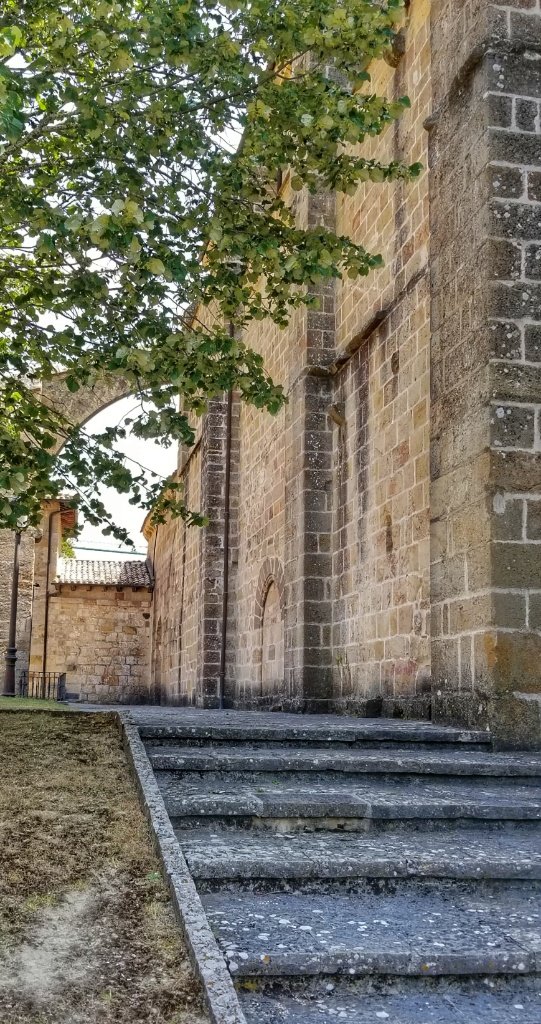


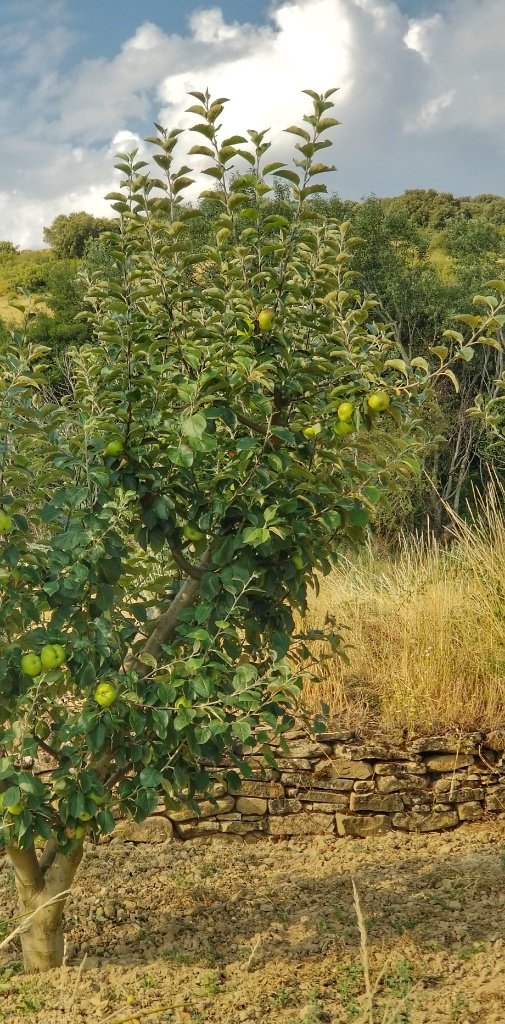
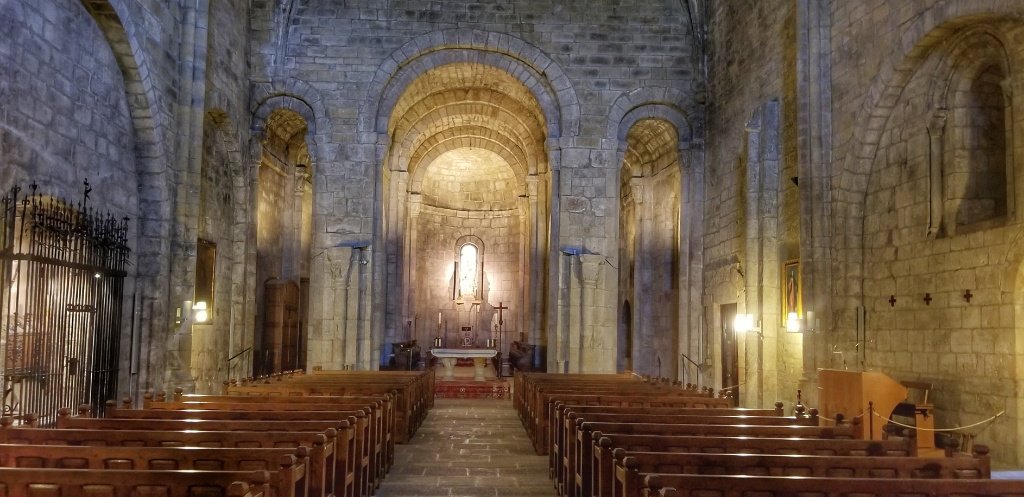
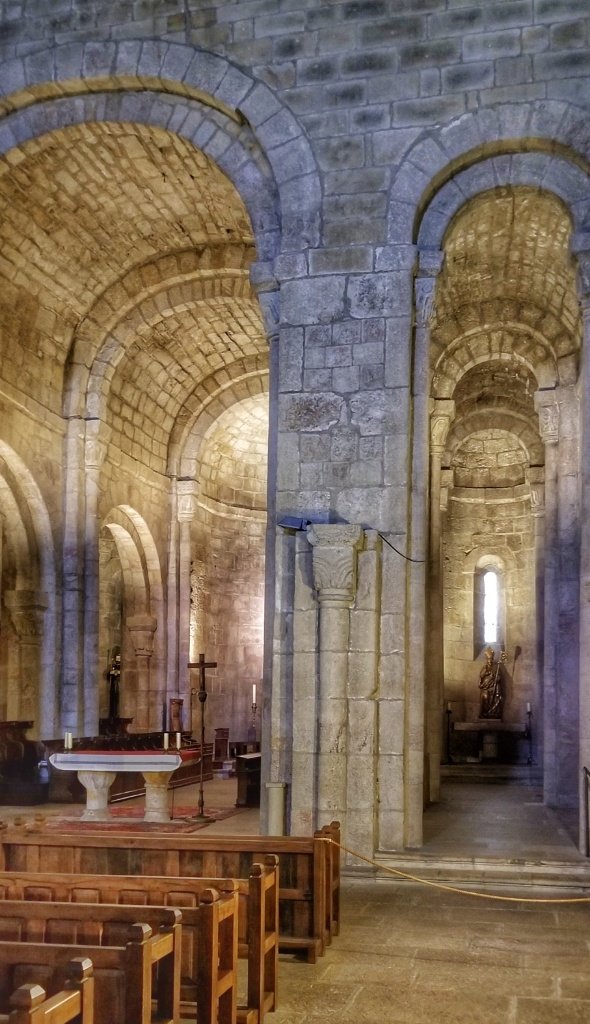

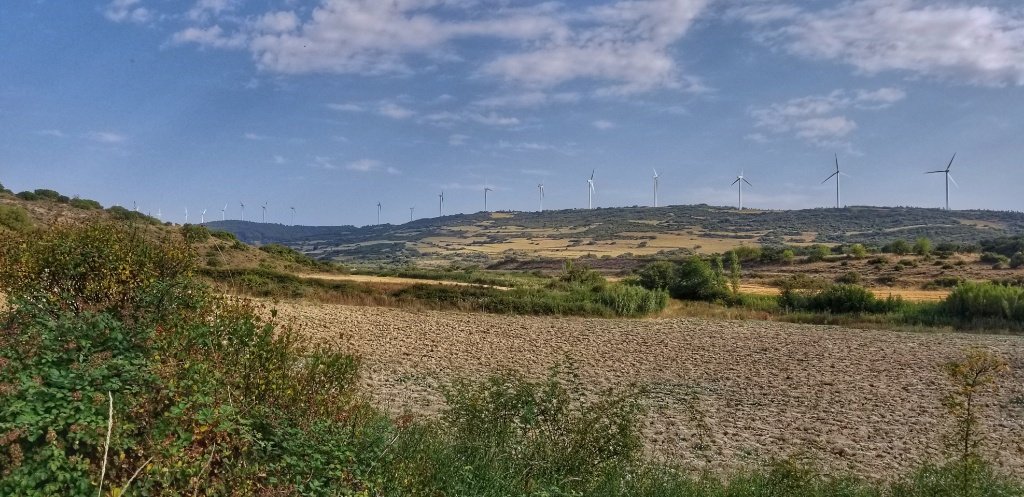

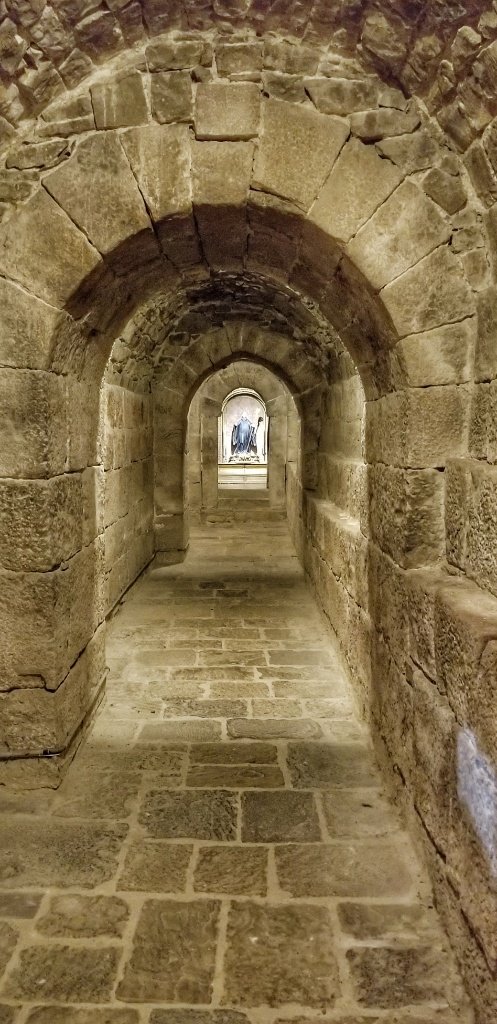




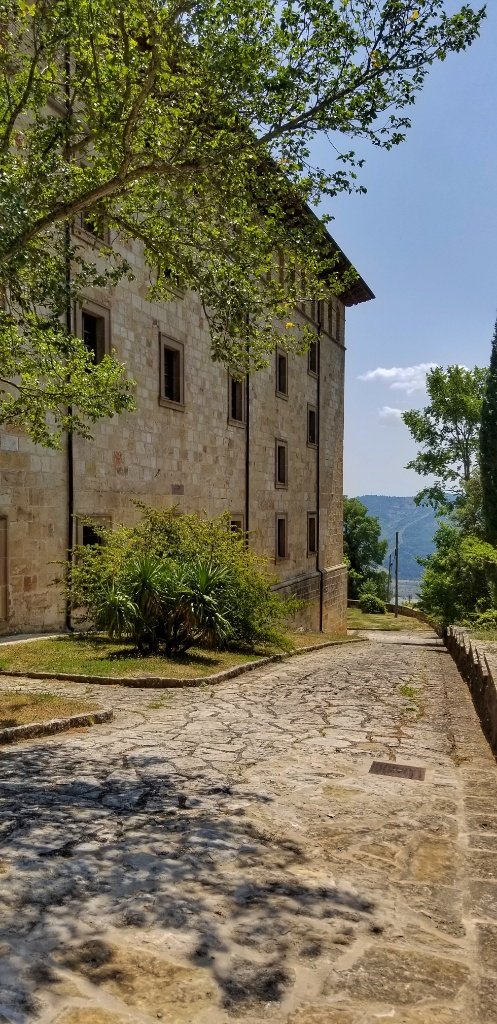
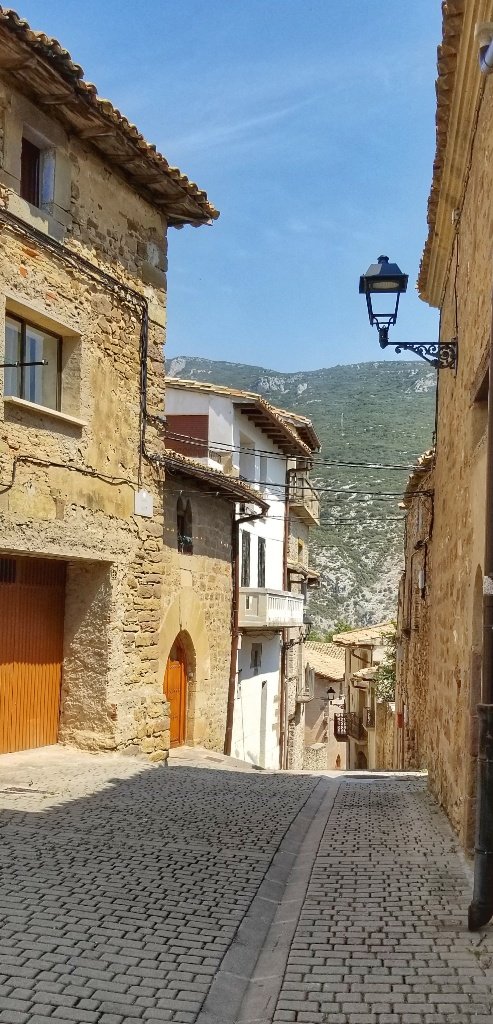
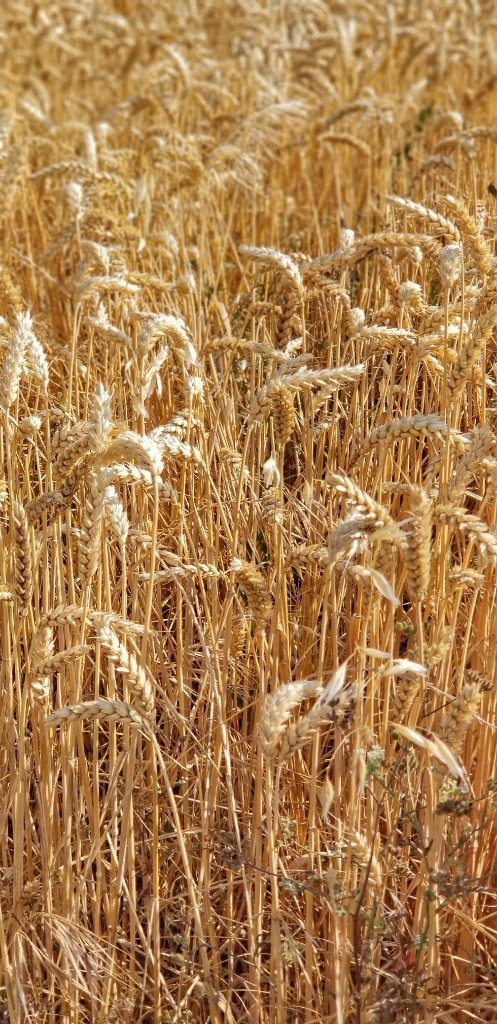

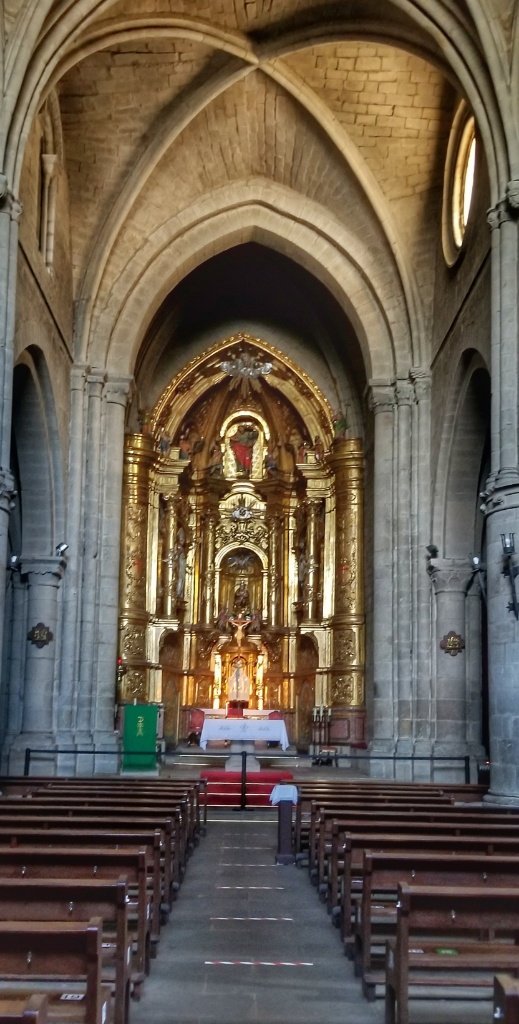
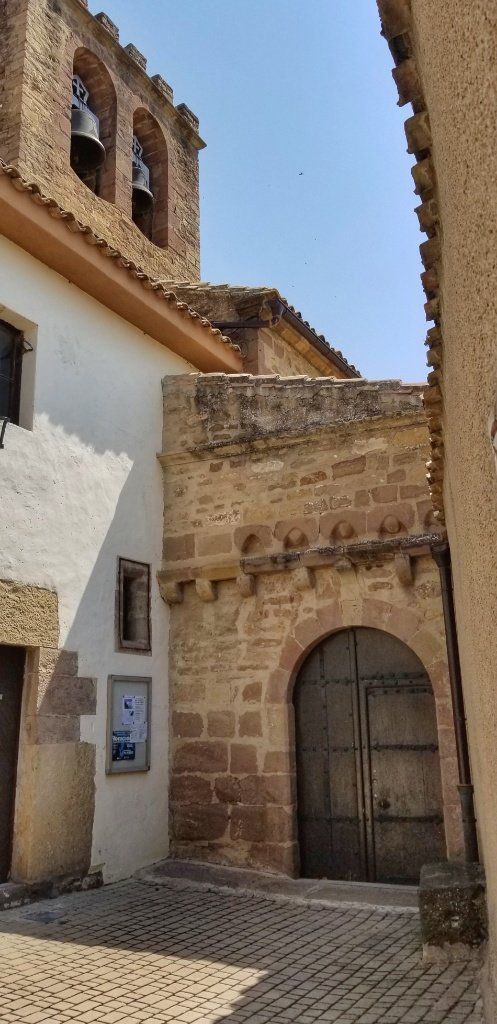



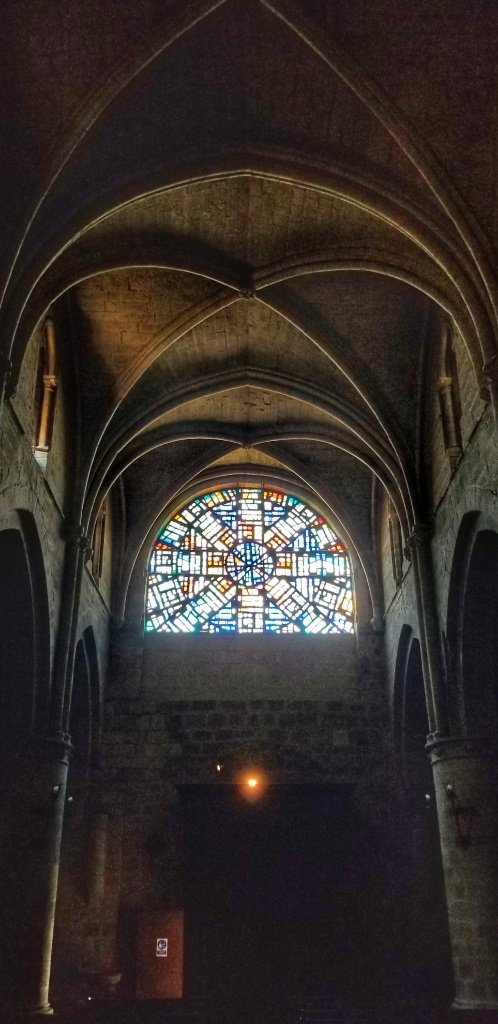


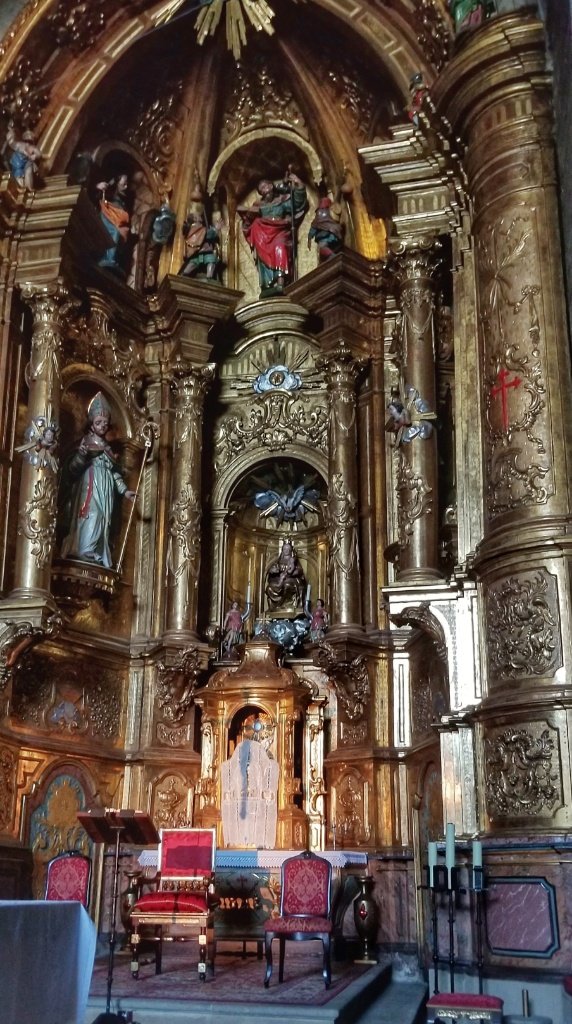
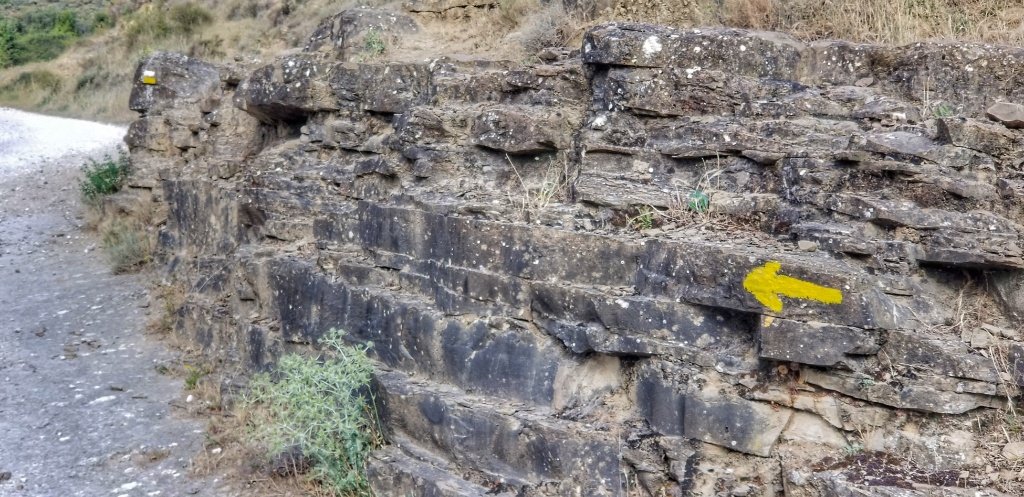



It was cool in Melbourne today ..your post talking of the high temperature gave me a good prospective of which way I should jump…thank you for your blog and hope Gerry is up to the task as for you young lady keep cool..have a great day…joelle and Alain
LikeLike
We could really do with some cool 😀 the weather is breaking over the next day or two and we’ll be heading back to the mountains and France (hopefully not quite as hot! )
LikeLike
fantastic photos and the countryside is as I remember it.
My co-walker David commented strongly on the amount of gold in the churches in areas that must have been very poor in the days the castles and churches were built. … a shame really but wonderful to see in modern times when no-one is starving..
good luck with the next part and tell Gerry to takes it easy ….
bill and maria
LikeLiked by 2 people
it’s such a different landscape from France and yet we’re so close… so typically Spainish and so much history for such a small area!
LikeLike
Stumbling/falling seems to be a family trait. Hopefully one that I won’t follow. As I used to tell the ‘old bird’ – open your eyes & look where you are going brother! If you don’t, it’ll keep happening.
LikeLike
Haha… to be fair I think it’s because he’s limping… at least I hope so 😬😎
LikeLike